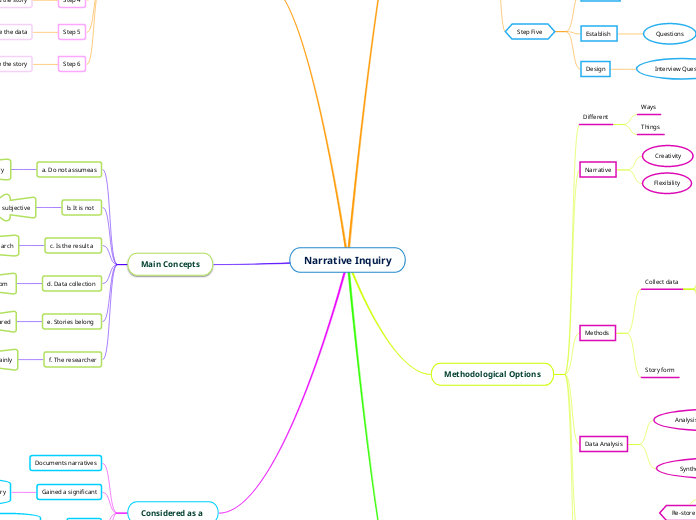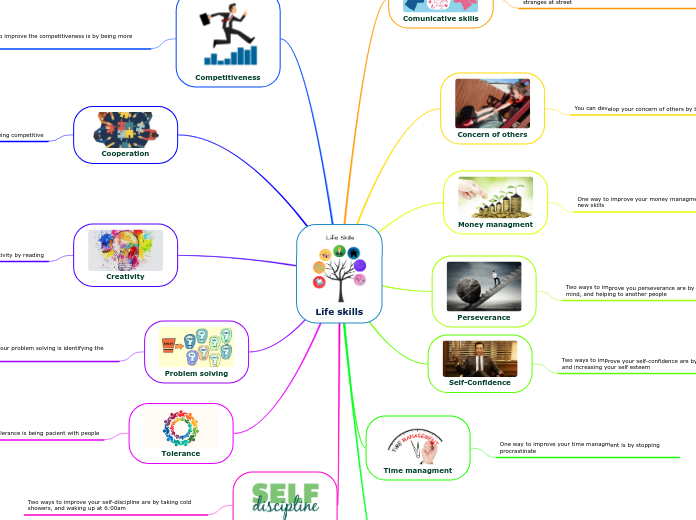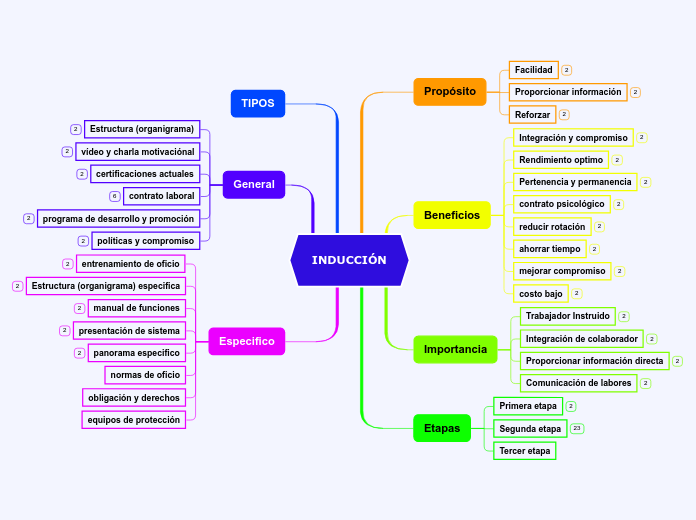av KARLA EMILIA CAJAS PEREZ för 1 år sedan
156
Narrative Inquiry
A methodological approach in research focuses on organizing and presenting data through a series of systematic steps. Initially, researchers must develop a rationale and select a problem, ensuring a clear research question is determined.









